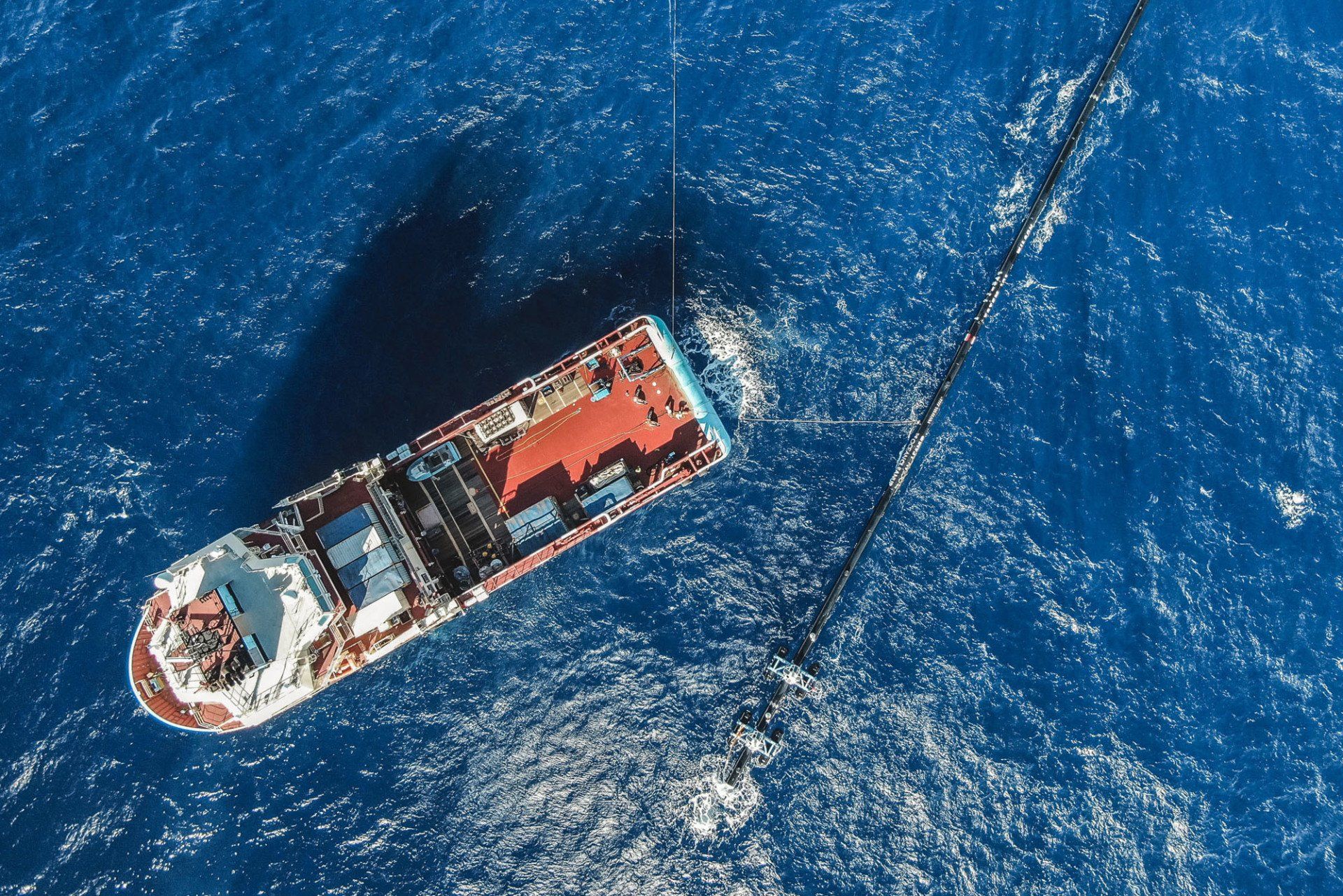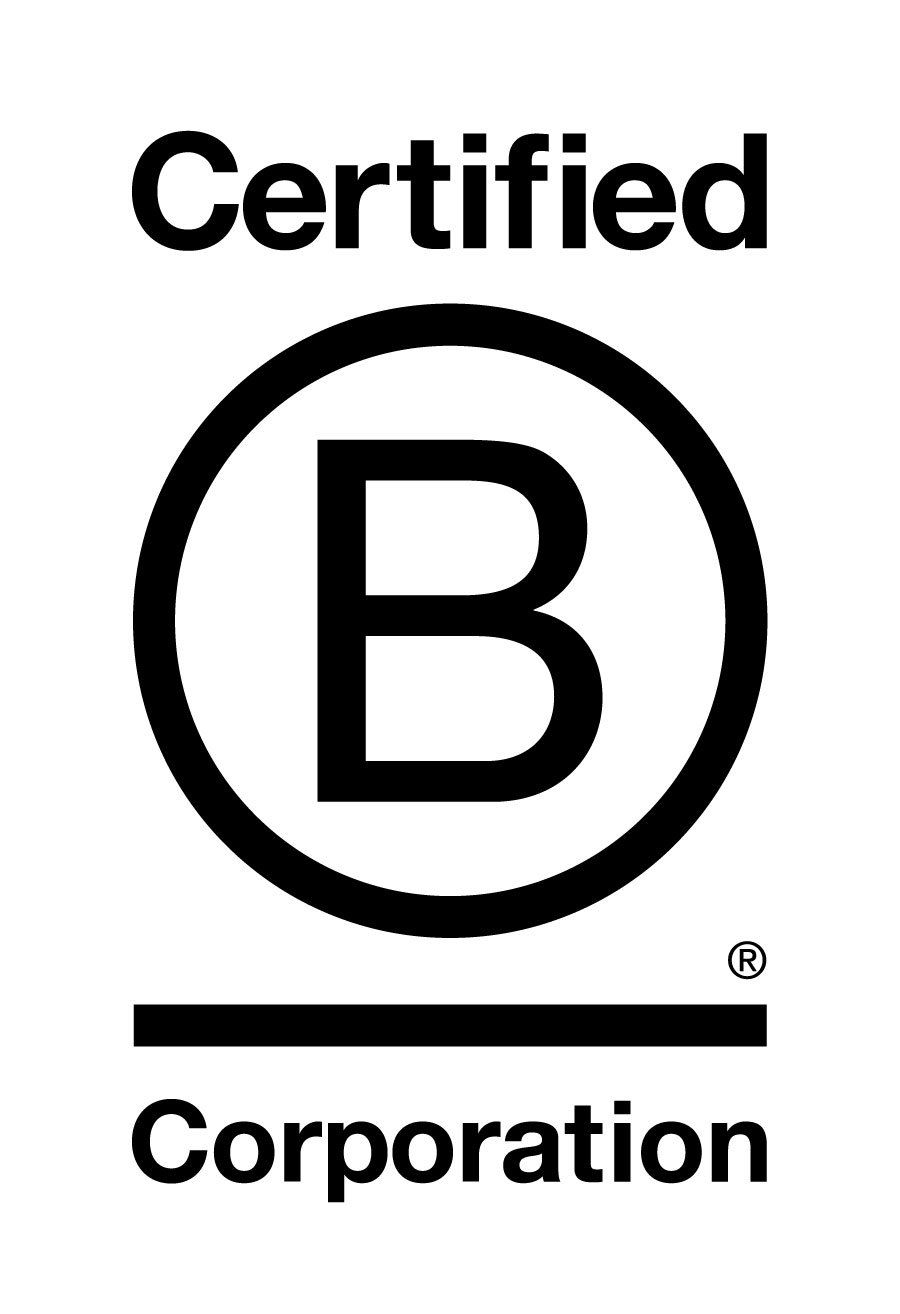Why Smart Businesses Embrace Sustainability
- By Kevin Foley
- •
- 28 Feb, 2019

If you did not read the article from Part 1 of our “Introduction to Sustainability” Series, we encourage you to go back and read it. Doing so will provide you with more clarity and understanding as to why businesses were called upon to shift their practices in the first place.
A New Methodology Is Born: How Sustainable Businesses Evaluate Success
Typically, a business will look at its “bottom line” or “net profits” to measure success. Elkington believed that measuring monetary profit in isolation was an incomplete way of gauging a business’ success. He felt businesses should be analyzing their performance against three bottom lines, which he called the 3Ps: People, Planet and Profit. Under this new evaluation framework, businesses would assess the social, environmental and economic performance of their organization, as opposed to focusing exclusively on profits.
Elkington was convinced that only a company who used a triple bottom line was taking account of the full cost of doing business. His framework gave businesses a simple formula that aligned with the global sustainability agenda and gave them a clear starting point from which to launch their sustainability efforts. Over the next several decades, and with a gentle nudge from stakeholders (investors, employees & customers), the business community has gradually started to embrace the triple bottom line philosophy.
Stakeholder Pressure Grows
Employees have also started to take a stronger interest in the sustainability practices of the organizations they work for. Jim Collins, Author of Good to Great, said, “great vision without great people is irrelevant.” If businesses want to retain top talent and maintain high levels of team engagement, they must embrace sustainability – and their actions must reflect that commitment.
The birth of the digital age also brought with it a new era of consumer empowerment. Consumers are more informed about global, social, and environmental issues than ever before. Each and every day, people vote with their dollars when deciding what products and services to buy. Price is no longer the only factor being taken into consideration. Consumers are increasingly demanding that businesses take ownership of the impacts their operations have on both society and the environment.
Stakeholder preferences serve as economic indicators of what the market is starting to demand. Smart businesses use this information to transform their organizations and the products and services they provide. By heeding stakeholder preferences, businesses are able to make it past the breakers unharmed, while those who ignore these preferences will continue to struggle.
Beyond Compliance
A growing number of business leaders, however, have chosen to view these new challenges as an opportunity to use their intelligence, drive, and passion to solve some of the world’s greatest challenges. Nothing on this planet lives a static existence, and businesses are no exception to this universal law. Marcus Aurelius once said,
“Everything is born from change. The knowledge that there is nothing nature loves more than to alter what exists and make new things like it. All that exists is the seed of what will emerge from it.”
Businesses who embrace sustainability are choosing to be proactive instead of reactive. They acknowledge that change is constant, and understand it is the only way forward.
Over the last several decades, Sustainability Managers and Directors have become regular fixtures in the organizational hierarchy. Hundreds of companies have pledged to use 100 percent renewable energy through the RE100 initiative. Many others voluntarily report their greenhouse gas and other environmental data to registries like the Carbon Disclosure Project (CDP) and the Climate Registry. We’ve even witnessed the emergence of targeted educational programs like The Clean Energy Leadership Institute, which aims to develop new leaders who can help solve the complex global challenges we currently face.
Interestingly, the businesses taking the greatest action on sustainability also happen to be some of the most profitable. These top performers are using sustainability to leverage their resources, increase profitability, and solidify their standing as an industry leader. Jigar Shah, Author of Creating Climate Wealth and CEO of Generate Capital, said, “climate change is the largest wealth creation opportunity of our time.”
McKinsey’s Business of Sustainability survey results revealed that businesses believe sustainability has operational and growth-oriented benefits, and enhances short- and long-term value. The study also shows 57 percent of businesses have integrated sustainability into their strategic planning.
Each year a growing number of companies are even integrating sustainability into the very fabric of their organization, no longer making a distinction between sustainability and their core business. Companies like The Ocean Cleanup were created with the sole purpose of removing plastics from the world’s oceans. Others, like Patagonia, continue to demonstrate their leadership by taking bold action on climate change and environmental issues. After the recent federal tax cut, they elected to donate 10 million dollars to nonprofits that fight climate change.
Sustainability is no longer simply a matter of compliance, and smart businesses are starting to leverage it as an opportunity to create something much more powerful.
Businesses Are In the Driver’s Seat
In spite of all the progress that’s been made in moving the sustainability needle, the reality is that there is still a long way to go. The world is undergoing a fundamental shift, and the stakes are higher than ever. Abraham Lincoln once said, “The best way to predict the future is to create it.”
Your behavior and actions today will influence what the world looks like tomorrow. Actions at the business level directly influence sustainability and climate change outcomes at the global level. As Gro Harlem Brundtland, Chair of the Brundtland Commission, said in 1987, “Whether your business consists of one person or many thousands, you have an important role to play in this global effort and your leadership is needed.”
Despite the obstacles they face, businesses are continuing to recognize that Purpose + Profit are not mutually exclusive, but mutually dependent.
We hope you found this article helpful, and gained a more thorough understanding of how sustainability became mainstream. Embracing sustainability is one of the greatest opportunities your business will ever have, and we hope we have helped to clarify that.
In the next article of our three-part “Introduction to Sustainability” Series, we’ll delve into how your business can get started. If you missed our first article, we recommend you go read it before moving on.
For supplemental reading, we suggest Simon Sinek’s Books Start With Why and Find Your Why. For a new and updated take on Triple Bottom Line methodology, see Elkington’s recent article in the Harvard Business Review.
If you liked what you read and want to learn more, please sign up for our monthly newsletter and follow us on instagram. By doing so, you’ll receive our newest articles and insights straight to your inbox once each month.

As an adult watching the new remake nearly 25 years later, I was equally captivated.
As most who have seen the original Lion King can attest, it is chock full of invaluable life lessons. It effectively illustrates examples of leadership, courage, forgiveness, justice, faith and purpose, to name just a few. Like the original film from 1994, the remake did an excellent job of capturing and illustrating all of these lessons. This time around, one lesson that really stuck out to me, which I hadn’t caught in years past, was that of sustainability.
As a 31 year old who has dedicated my entire professional career to sustainability, I am constantly on the lookout for little gems of sustainability wisdom. Whether or not I intend to, I view just about everything through that lens…including Disney remakes of old classics. In this new version of The Lion King, I found one of these gems that I am always looking for. As a quick aside, if you have not seen the Lion King (original or remake), some of what lies ahead could spoil some of the movie for you. If you fall into that category, proceed with caution.
While in the movie theater, I didn’t have a pen and paper with me, and the lights weren’t on...so I was unable to take any notes or write down any quotes related to the gems of sustainability wisdom I witnessed. Since I was still thinking about the movie weeks later, I decided to go back and watch the original movie at home, so that I could take notes, pause and rewind as needed, and see if my observations about this classic movie truly held their own.


Earlier this month I completed an 80-hour wilderness medicine training course. It was filled with dozens of lectures, quarts of fake blood and no shortage of hands-on practice - both as a rescuer and a victim. There were approximately 22 students and two seasoned instructors. My classmates came from many different backgrounds, and included backcountry trip leaders and guides, search and rescue volunteers, nursing students, park rangers, and even one sustainability manager & consultant (guess who that was?). The 80 hour course was split evenly between in-class lecture and hands-on practice.




